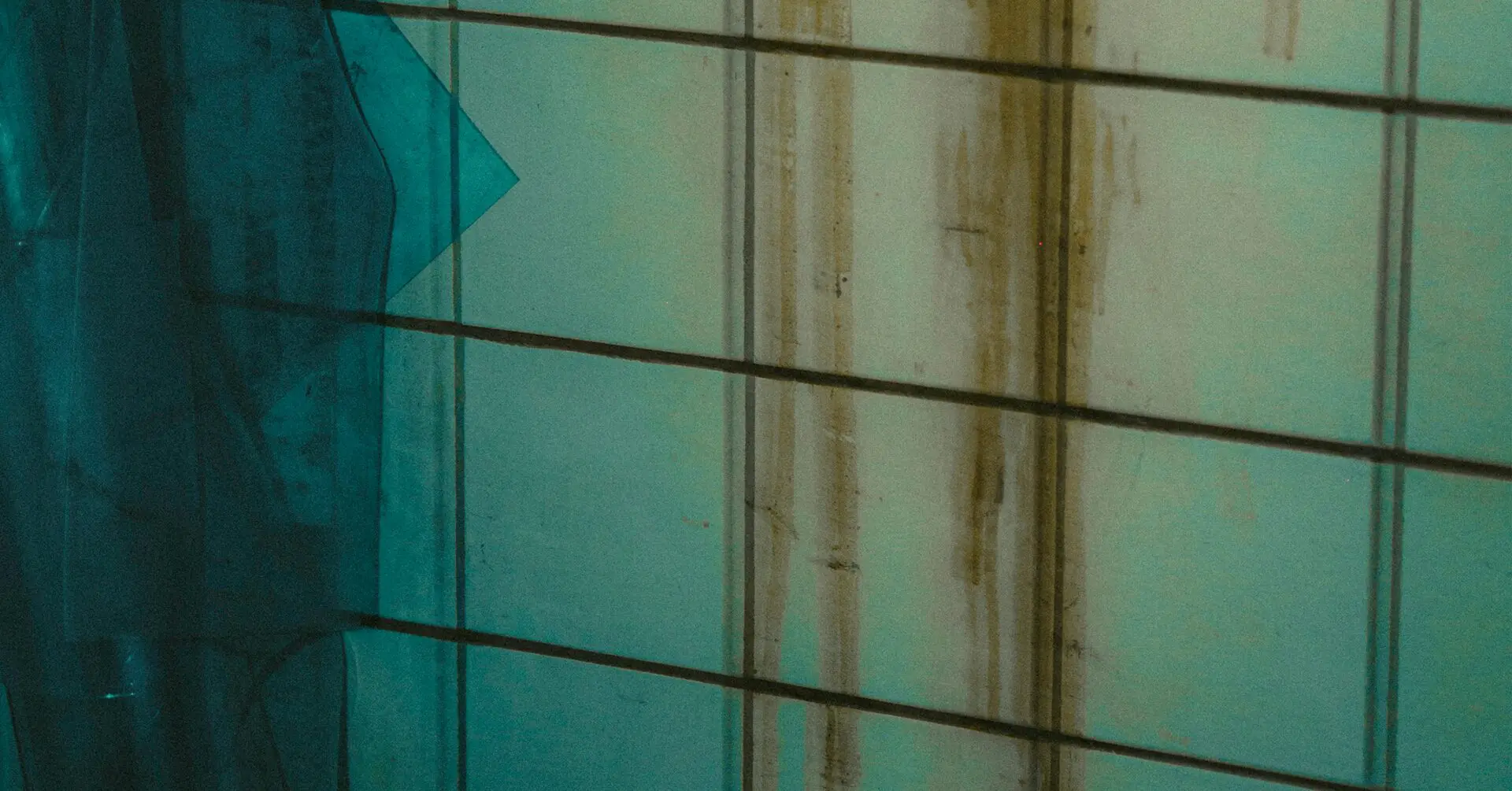Words by Meike Jentjens
Last week, Amsterdam’s Paradiso made headlines not for a sold-out show or a breakout act, but because of threats. The reason is a scheduled performance by Bob Vylan, the British punk-rap duo known for their outspoken political lyrics on racism, class, police violence, and of course Gaza. After anonymous threats were made in response to the concert, the Amsterdam venue has now pressed charges.
The show goes on. But the situation underscores a growing tension: what happens when political expression through music becomes a matter of public safety?
It’s not an isolated incident. In the UK, Northern Irish rap trio Kneecap have been in the crosshairs of political debate for months. Their blend of Irish-language lyrics, sharp criticism of British rule, and unapologetic aesthetic has drawn attention from both fans and politicians. The British government questioned a funding decision that supported their film project, prompting backlash from artists and free speech advocates who warned of state interference in the arts. They also did not want their Glastonbury show to be broadcasted by the BBC, fearing the trio might make political (read, pro-Palestinian) statements.
In the Netherlands, the political spotlight on the cultural sector flared up again last week, when VVD leader Dilan Yeşilgöz publicly accused Douwe Bob of antisemitism after his refusal to perform at a benefit event. The resulting wave of threats forced the artist to leave the country. His management asked Yeşilgöz to de-escalate; she declined.
Power, performance, and the PR spin
The incident, which dominated national headlines, raised deeper concerns about how quickly politicians can weaponise cultural figures in online discourse. The case has reignited long-standing concerns within the Dutch cultural sector about how easily artists can become political targets, and how quickly a public figure’s work, statements, or perceived views can be weaponised in political discourse. Especially when high-profile politicians amplify the situation without regard for the fallout.
The core of the discomfort? A politician using an artist’s stance to score rhetorical points, without consent or alignment. It raised questions about how cultural figures are framed in political narratives, and whether their work can be co-opted to serve ideologies they may not support. Clubs and festivals, too, feel these shifts. Programming an artist with a political message isn’t just a creative decision, it can spark discussions, headlines, even backlash.
But is this new? Hardly. Music and politics have long been intertwined. In 1969, Woodstock became more than just a music festival. It was a mass act of dissent, a peaceful protest against war and inequality soundtracked by guitars, mud, and a generation refusing silence. Around the same time, artists like Nina Simone, Fela Kuti, and Gil Scott-Heron were essentially reporting the news through sound. In the Netherlands, punk and squatter scenes of the 1980s built entire subcultures around anti-establishment resistance. And the very existence of early house and techno (remember: Black, queer, loud, and liberatory) was political by nature.
Faster, louder, riskier
The difference now may lie in how quickly the consequences unfold. Social media has collapsed the distance between stage and audience, between statement and reaction. And the speed of all of it! Artists may say something or take a stance while on stage, and immediately face backlash or solidarity from around the world when they’re not even back home yet. Institutions are under pressure to respond just as fast, sometimes leading to overcorrection, silence, or PR management disguised as policy.
The question, then, is not whether politics belongs in music. It always has. The more pressing question is how institutions such as clubs, venues, and festivals navigate this increasingly exposed terrain. What does it mean to truly support artistic freedom, when the cost might be backlash, funding risk, or political heat?
There are no easy answers. But one thing should remain non-negotiable: the freedom to speak, create, and perform. Especially for those whose voices are too often erased. Many of the artists now under fire aren’t just telling their own stories. They’re amplifying the people who don’t have a voice. Voices from Gaza. From Belfast. From neighbourhoods and movements that rarely get a mic, let alone a main stage.
When we silence artists, we’re not just muting individuals. We’re muting entire groups of people who rely on art to be heard at all. Art isn’t always comfortable. It isn’t meant to be. And stages, clubs, and yes, festivals, are the places to listen.
